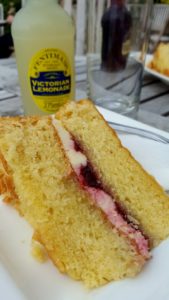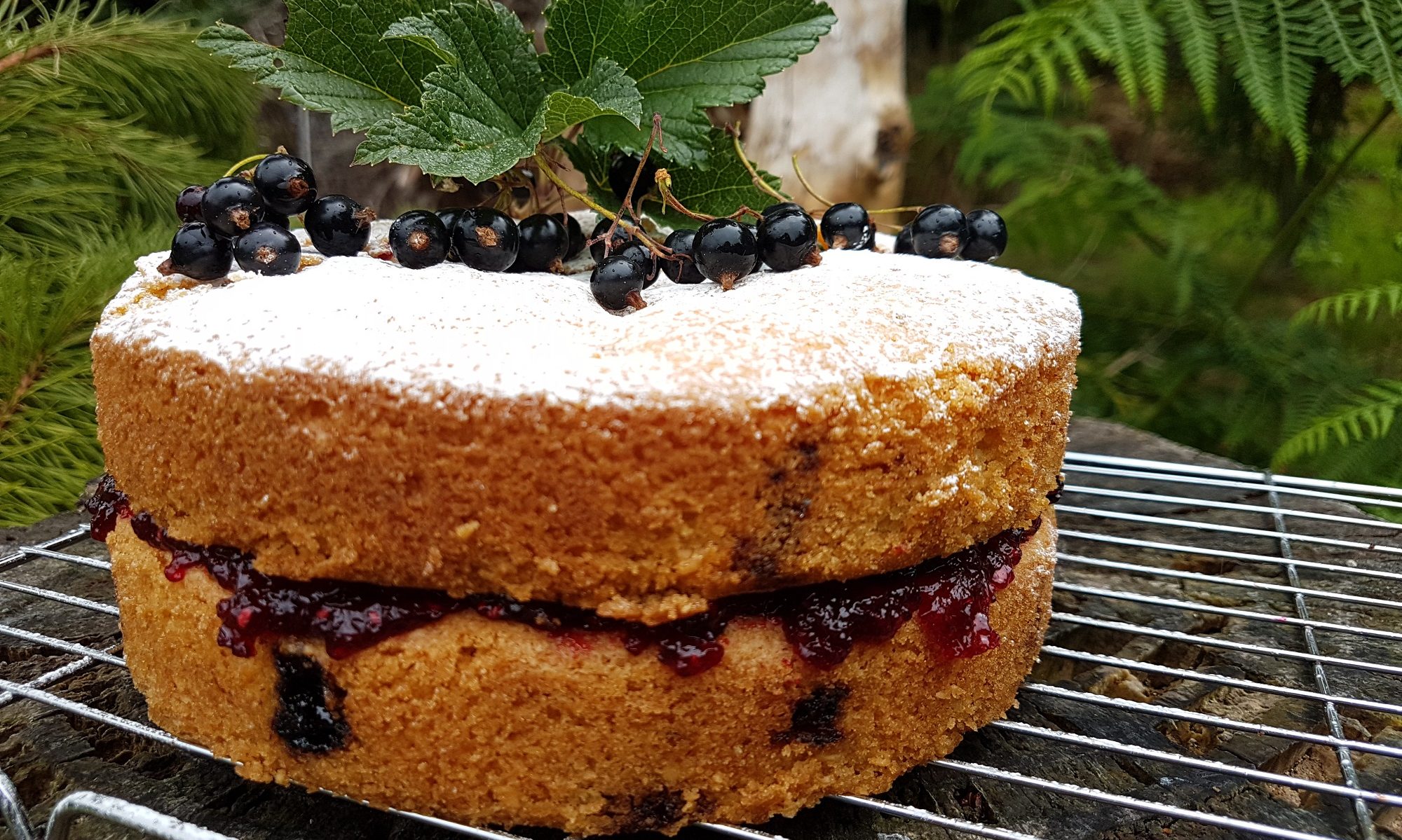Byland Abbey
A long overdue visit to Byland Abbey was in order and we picked a beautiful May afternoon. My family originate from Thirsk and surrounding villages so I have passed the Abbey on numerous occasions. A family farm has historic links to when the monks farmed the area. Four decades on I still hadn’t visited the Abbey so it was time to put that right!
The Abbey ruins
Byland Abbey is situated just outside the village of Wass on the Coxwold Road. From the road you see the impressive ruins of a once great monastery. There is a small car park opposite the Abbey entrance, adjacent to the Abbey Inn, more about that later. The site is managed by English Heritage and is open Wednesday – Sunday and Bank Holidays. Upon entering the site I was impressed by it’s sheer size. What you can see from the road is only a small part of the Abbey.
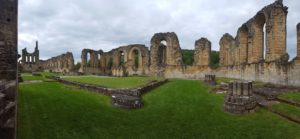
Entering the Abbey ruins through the west front you walk under the beautiful 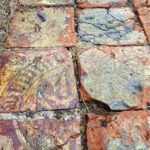 ruined great rose window. Consequently this has become the iconic image of Byland Abbey. Furthermore this window inspired the infamous rose window in York Minster. Exploring the ruins you encounter beautiful mosaic medieval floor times that are lovingly restored and reinstated in the cloisters and Abbey. Byland Abbey was founded in the 12th Century and grew to be one of the most important monastic sites in the area alongside Rievaulx, Fountains and York. It stood for around 400 years before it was dissolved. The Cistercian order who lived here worked the land surrounding the abbey, they became famed for sheep rearing and wool exports.
ruined great rose window. Consequently this has become the iconic image of Byland Abbey. Furthermore this window inspired the infamous rose window in York Minster. Exploring the ruins you encounter beautiful mosaic medieval floor times that are lovingly restored and reinstated in the cloisters and Abbey. Byland Abbey was founded in the 12th Century and grew to be one of the most important monastic sites in the area alongside Rievaulx, Fountains and York. It stood for around 400 years before it was dissolved. The Cistercian order who lived here worked the land surrounding the abbey, they became famed for sheep rearing and wool exports.
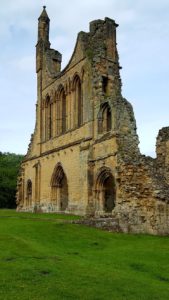
The Abbey ruins are a very impressive site and the history is brought to life in a new museum built in the back of the grounds. Make sure you pop your head inside, read through some of the information boards and admire some of the recovered artefacts. With a little imagination history is brought to life.
Abbey Inn
Opposite the Abbey ruins you will find the Abbey Inn and Tea Rooms. The Inn was a medieval hostelry originally built form stones “borrowed” from the Abbey ruins. It is now an refurbished 19th Century Farmhouse that boasts an award winning tea room and accommodation.
Blues skies and sunshine helped our decision to cross the road from the Abbey and sit outside in the Abbey Inn tea room garden. The garden was in bloom and the west front of the Abbey peeks through the shrubbery. Food on the menu has local provenance and I can confirm that the cakes are delicious. I had the pleasure of ordering the Victoria Sponge Cake which was light, fluffy, moist and packed full of jam and buttercream. Finished with a chilled Fentiman’s Victorian cloudy lemonade on a warm sunny afternoon was simply a perfect end to a perfect day.
